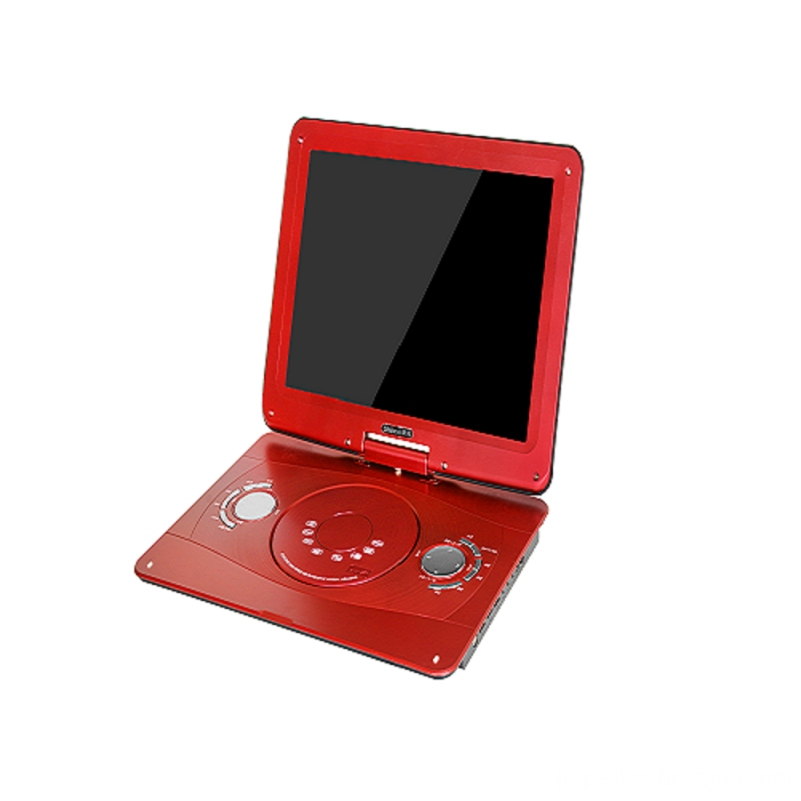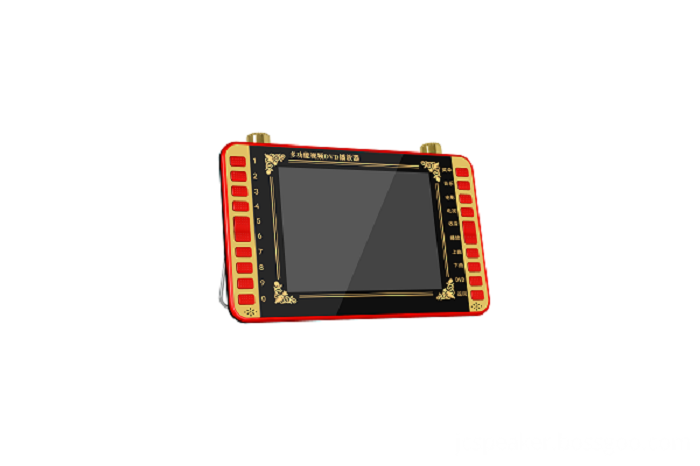The engine management system (Engine Man- agement System) is abbreviated as EMS and employs various sensors to convert engine intake air volume, cooling water temperature, engine speed, and acceleration and deceleration into electrical signals and send them to the controller. The controller compares this information with the stored information and calculates the signal accurately. EMS can not only accurately control the fuel supply to replace the traditional carburetor, but also control the ignition advance angle and idle air flow, which greatly improves the performance of the engine.
Through the precise control of fuel injection and ignition, pollutant emissions can be reduced by 50%; if oxygen sensors and three-way catalytic converters are used, emissions can be reduced by more than 90% within a narrow range of λ=1. In the idle adjustment range, due to the use of an idle speed regulator, the idle speed is reduced by approximately 100 rpm to 150 rpm, resulting in a 3% to 4% reduction in fuel consumption. If knock control is used, the engine power can be increased by 3% to 5% within the full load range, and it can be adapted to different qualities of fuel.
With the increasingly stringent emission regulations worldwide, the adoption of the EMS system has become an irresistible trend, and it has broad application prospects in the process of advancing the modernization of the Chinese automobile industry.
First, the control system ME7
Principle: Through the pedal sensor installed on the accelerator pedal, the pedal information is transmitted to the throttle control module in the electronic controller. The throttle control module calculates the throttle opening through a certain processing program and drives the DC motor to complete the throttle. The intake passage area is adjusted to control the intake air volume to meet the intake requirements of the engine under different operating conditions.
Features: Abolished the mechanical transmission device, easier to modularize and standardize; The system has self-learning function, can realize the cruise control; The idling air intake can be achieved through the control module to drive the throttle body without bypass channel and idle regulator; Because the intake air is accurately controlled, low emission control can be achieved; driving performance is better.
Second, knock sensor KS
Function: Detect engine block vibration conditions for the electronic controller to identify engine detonation conditions.
Principle: The knock sensor is a vibration acceleration sensor. It is mounted on the engine block and can hold one or more. The sensor's sensitive element is a piezoelectric crystal. When the engine knocks, the engine vibration is transmitted to the crystal through the mass in the sensor. Due to the pressure generated by the vibration of the mass, the piezoelectric crystal generates voltage on the two pole faces and converts the vibration into a voltage signal output.
Features: Strong and compact structure; high measurement sensitivity.
Third, idle regulator EWD3
Function: Provides an idle bypass air channel, and influences the bypass volume by changing the cross-sectional area of ​​the channel to achieve closed-loop speed control when the engine is idle.
Principle: In the idle speed regulator, a permanent magnet that can freely rotate on the shaft is rigidly connected with a rotary slide. The permanent magnet can be rotated under the drive of the cable coil to rotate the slide. The angular position of the slider determines the opening of the bypass air flow channel of the actuator so that the amount of bypass air flow can be adjusted. The electronic controller determines the bypass air flow by determining the angular position of the slider by changing the duty cycle of the signal delivered to the actuator.
Features: Low energy consumption, compact structure, insensitive to dust, safe home function.
Fourth, electric fuel pump EKP13.3, EKP13.5
Function: The fuel is sent from the tank to the engine and provides sufficient fuel pressure and fuel surplus.
Principle: The fuel pump is a vane pump driven by a DC motor. It is placed in the fuel tank and is immersed in fuel. The fuel is used for heat dissipation and lubrication. The battery supplies the fuel pump with the oil pump relay, and the relay only switches the fuel pump circuit on when starting and when the engine is running. Therefore, when the engine is stopped due to an accident, the fuel pump is automatically stopped.
Features: light weight, small size, easy to install; small operating current, high efficiency; low battery voltage can maintain good working ability.
The DVD Player is a device that can play DVD discs produced under both the DVD-Video and DVD-Audiotechnical standards. This Media Player will also play audio CDs. This Portable DVD players are connected to a television to watch the DVD content, which could be a movie, a recorded TV show, or other content. We have about 20 years experiences to product this Portable DVD Player With USB, and we also support custom manufacturing, we can offer Hd Video Player OEM/ODM service. Expect traditional DVD Players, we are also manufacture updated version of DVD Player: portable DVD Player and portable video players. Look forward to cooperation with you.


DVD Player
Portable Dvd Player,Usb Portable Dvd Player,Portable Dvd Player With Usb,Portable Dvd Player With Tv Tuner And Radio
Shenzhen New Wonderful Technology Co., Ltd. , https://www.sznewwonderful.com